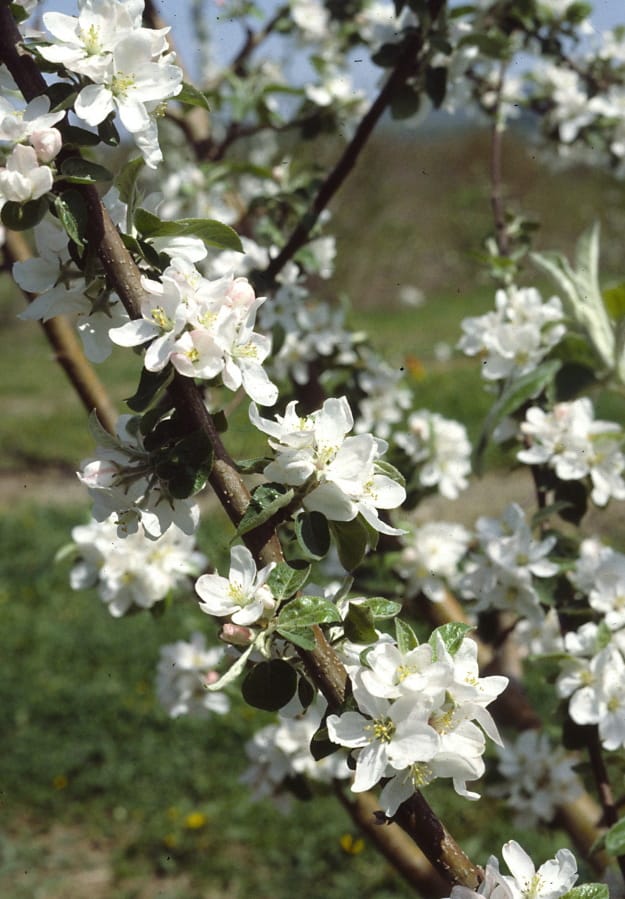Outdoor plants in cold climates need to bank a certain number of hours being chilly during the winter for their buds to awaken in the coming months. And that’s not the same thing as being cold.
To a plant, “chilly” generally means a temperature between about 32 and 45.
Lack of enough chilling time is why it might be a waste to try to force forsythia blossoms indoors now. The bushes have been exposed to frigid temperatures, but not enough chilling temperatures. Spring-flowering bulbs also need some chilling before they will flower, which is why we keep them in a cool spot for a few weeks before bringing them indoors for forcing.
And lack of chilling is why you can’t grow most apple varieties in Florida. Without chilling, the trees either don’t leaf out or they just cough forth a few, low-quality fruits.
Once any plant has accumulated enough hours in its chilling “bank,” it will grow when temperatures warm.



